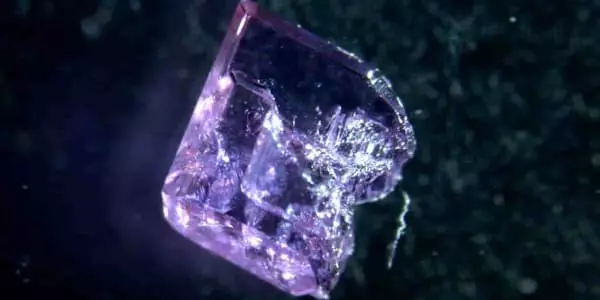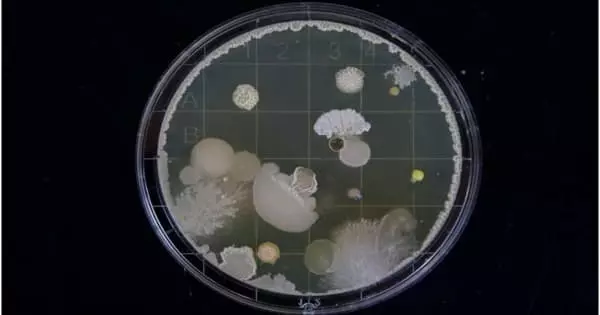Rare Earth have piqued the interest of many people in recent years for a variety of reasons, including concerns about the security of supply for modern high-efficiency electronics and energy technologies. Such concerns have pushed them to the top of the list of “critical” or “strategic” elements in countries such as the United States, the European Union, Japan, and even China, the world’s largest producer and holder of reserves.
A new study describes a proof of principle for engineering a bacterium, Gluconobacter oxydans, that meets skyrocketing rare earth element demand at a cost and efficiency comparable to traditional thermochemical extraction and refinement methods while remaining clean enough to meet US environmental standards.
Rare earth elements extracted from ore are essential for modern life, but refining them after mining is expensive, harmful to the environment, and takes place primarily in other countries. A new study describes a proof of principle for engineering a bacterium, Gluconobacter oxydans, that meets skyrocketing rare earth element demand at a cost and efficiency comparable to traditional thermochemical extraction and refinement methods while remaining clean enough to meet US environmental standards.
The researchers have begun to manipulate the genes of G. oxydans in order to increase the efficiency with which the elements are extracted. We’re trying to develop an environmentally friendly, low-temperature, low-pressure method for extracting rare earth elements from rocks.
Buz Barstow
“We’re trying to develop an environmentally friendly, low-temperature, a low-pressure method for extracting rare earth elements from rocks,” said Buz Barstow, senior author of the paper and an assistant professor of biological and environmental engineering at Cornell University.
The periodic table contains 15 elements, which are required for everything from computers, cell phones, screens, microphones, wind turbines, electric vehicles, and conductors to radars, sonars, LED lights, and rechargeable batteries.
While the United States used to refine its own rare earth elements, production ceased more than five decades ago. These elements are now almost entirely refined in other countries, particularly China. “The majority of rare earth element production and extraction is in the hands of foreign nations,” said co-author and Cornell associate professor of earth and atmospheric sciences Esteban Gazel. “So, for the sake of our country’s and way of life’s security, we must re-establish control over that resource.”

To meet the United States’ annual demand for rare earth elements, approximately 71.5 million tonnes (~78.8 million tons) of raw ore would be required to extract 10,000 kilograms (~22,000 pounds) of elements. Current methods rely on dissolving rock in hot sulphuric acid, followed by the use of organic solvents to separate very similar individual elements in a solution.
“We want to figure out how to make a bug that does that job better,” said Barstow. G. oxydans is known for producing a rock-dissolving acid called biolixiviant, which the bacteria uses to extract phosphates from rare earth elements. The researchers have begun to manipulate the genes of G. oxydans in order to increase the efficiency with which the elements are extracted.
To do so, the researchers used a technology called Knockout Sudoku, which Barstow helped develop, to disable the 2,733 genes in G. oxydans’ genome one by one. The researchers curated mutants, each with a specific gene knocked out, in order to determine which genes are involved in the extraction of elements from rock.
“I am extremely optimistic,” Gazel stated. “We have a process here that will be more efficient than anything has done previously.” The study, “Gluconobacter oxydans Knockout Collection Discovers Improved Rare Earth Element Extraction,” was published in Nature Communications by Alexa Schmitz, a postdoctoral researcher in Barstow’s lab.
The team is also looking for ways to control the gene that speeds up acid production. They hope to develop a system in which bacteria can be powered by cheap cellulose-derived sugars. “I am incredibly optimistic,” said co-author and associate professor of earth and atmospheric sciences Esteban Gazel. “We have a process here that will be more efficient than anything has done previously.”
Gazel’s lab assisted in the development of mass spectrometry techniques, which Schmitz used to measure concentrations of rare earth elements in solutions where mutants were exposed to ore. “They were able to get very high concentrations [of rare earth elements from ore] for some of the mutants,” Gazel said.





